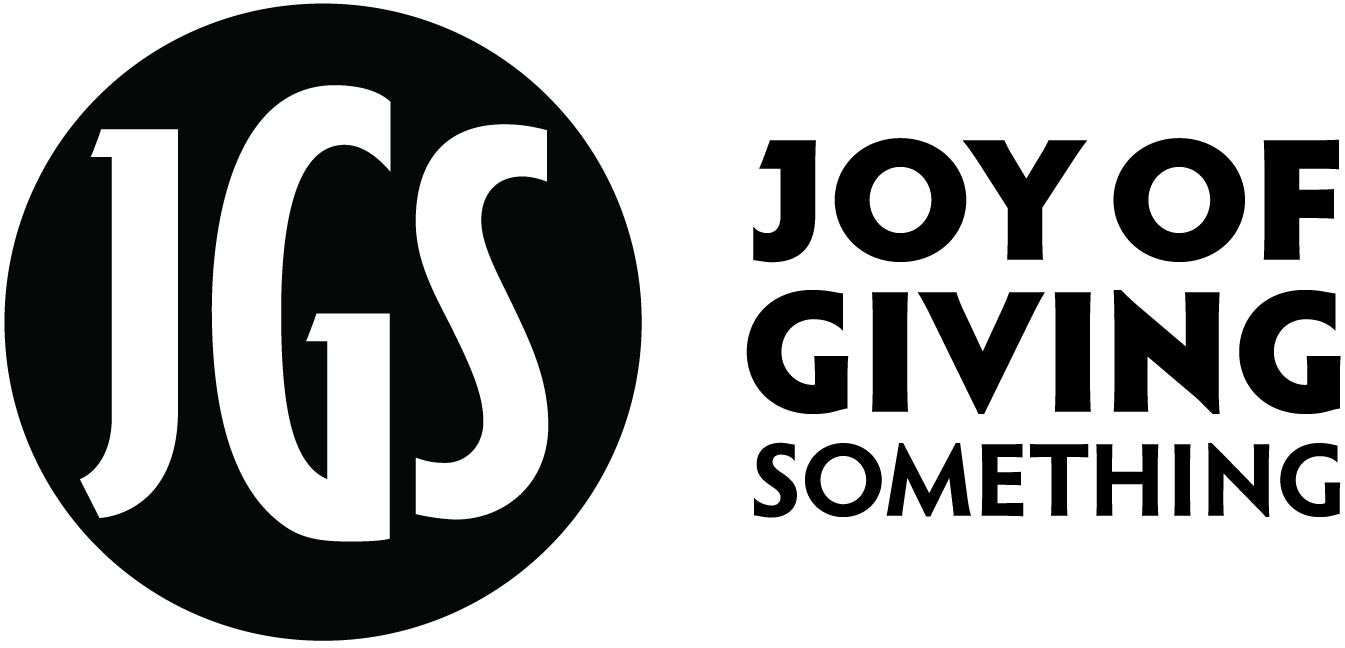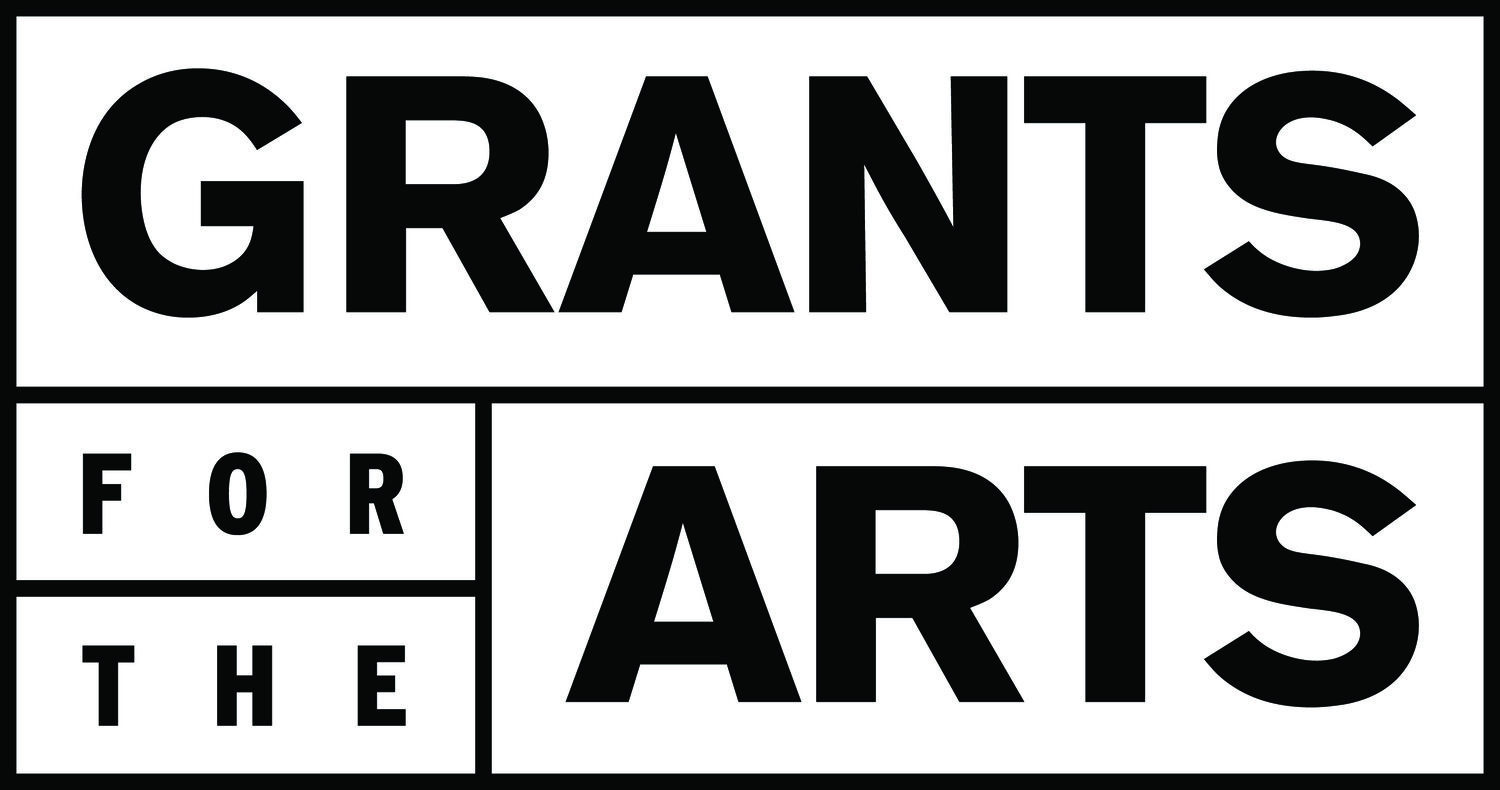CAMERAWORK: AN ONLINE JOURNAL OF PHOTOGRAPHIC ARTS
No Medium Craig Dworkin (MIT Press, Cambridge, 2013)
By A. Will Brown
Craig Dworkin’s No Medium is an alternately confounding yet strikingly lucid review of artworks that explicitly push against yet are indelibly marked by their form, or more appropriately, their medium. The categorization of No Medium resides somewhere among the subjects of art history, critical theory, and Zen Buddhism and employs a touch of formal experimentation of its own.
Dworkin’s writing fits into a theoretical discourse alongside such now classic texts as Non-Places: Introduction to an Anthropology of Supermodernity (1995) by anthropologist Marc Auge and philosopher Jean Baudrillard’s Simulacra and Simulation (1981), as the three share a poetic and complex language that is employed to emphasize critical and analytical thinking, focused around a number of polemic and seemingly paradoxical notions. While Baudrillard and Auge stake their claims in respective notions, that simulations resulting from simulacra are brought on by the media and that contemporary forms of travel as displacement create non-places, Dworkin’s subject focuses on art and a lineage of conceptual artworks that are erased, devoid, and silent—or, at least, seem to be.
Fittingly three of No Medium’s eight chapters are titled: The Logic of Substrate, Hard Core / Soft Focus and The Dative of Form. Terms like logic, focus, dative—a Latinate case for giving, or inflection for giving in the Greek—and form are revealing of this author’s interest not only in tying together new ideas, but also in experimenting with the malleability of language. As the reader progresses through Dworkin’s carefully crafted chapters, an essential grammar begins to emerge, ex nihilo (from nothing) from the words, endnotes, translations, and quotations the author has assembled. The further the reader delves into the lattice of endnotes the more Dworkin’s approach becomes clear. Lest one forget, the book is focused primarily on describing blankness and the medium of blankness. Paradoxically, this notion of the blank is exactly what opens the countless narratives and ideas that begin to fill it. Dworkin convincingly proves that the aforementioned blankness inevitably becomes one with each particular medium, and that no art is without meaningful material grounding, or “one can never find a perspective on a message free from the medium of its conveyance.” This quote certainly brings to mind the late philosopher Marshall McLuhan, to whom Dworkin pays homage. Dworkin expounds on McLuhan’s perspective that the medium and message are inextricably bound by discussing poet Aram Saroyan’s untitled plastic wrapped ream of typing paper stamped © Aram Saroyan 1968, which was a response to a work by the poet’s famous father, author William Saroyan. For anyone communicating ideas with the written word, this work is an excellent metaphor for the angst and precision involved in deciding upon and inevitably writing down particular words.
Throughout his discussion of both artwork and theory, the complicated nature of the image lies at the heart of Dworkin’s analysis. It is in the fifth chapter, The Dative of Form, in which he explores the enigmatic photography of Czech artist Vladimír Židlický alongside the invention of photography that the meta-narrative in No Medium is at its most intriguing. “Out of the portfolio, off of the wall, printed in the bound format of the book—a method of storing and displaying photographs since the days of the daguerreotype—photography enters into a series and a dialectic, a dialogue.” When he notes that: “The page here is always against the image (in both senses of the word),” Dworkin is simultaneously noting his own medium, the book, and photography as in seeming opposition in order to further complicate his narrative. The page—in books with images—becomes both the backing side of what was a photograph, now an inked reproduction on a page, as well as the very thing that serializes and dematerializes that form. Once the two are joined they become something else entirely Dworkin asserts. However, in his own book, which has no images, he takes the dialogue a step further by creating a series of ‘word pictures’ of things that are normally visual or auditory experiences. While employing his own ut pictora poesis (as is painting so is poetry) Dworkin uses his own form, the book, to do the very thing he sets out to describe in other works. This complication mirrors and in some ways embodies the artist’s own critical lines of inquiry of their chosen mediums, which surface conceptually in their practices. Similarly, Dworkin opens his own medium to explicit critique by offering the reader the chance to see the written word and the physical page of the book in an unconventional way.
While slowly becoming accustomed to the author’s style of prose one gets lost in the proverbial rabbit holes that are everywhere within the architecture of quotations and endnotes Dworkin constructs. However, it is as though one is supposed to fall and get lost. One is meant to trip over the intricacies of his writing and of the artworks Dworkin has selected because they are challenging and at times confounding. He does not take complexity lightly, and anyone reading this book is forced to embrace that. Dworkin gives myriad examples that provide a network of proof that elucidate his ideas and support the thesis he set out with, “[E]ven the most abstract and cerebral works of conceptual art cannot be separated from those material and technical supports. There is no single medium, to be sure, but media are inescapable.”
This aforementioned inescapability of media is explored in the sixth chapter, Tangent. Here Dworkin aptly describes how the void becomes a kind of perfect canvas for the expression of an idea when he references one of the most famous lines of the poet William Carlos Williams’ epic midcentury poem Paterson: “no ideas but in things”. This notion that ideas are derived only from things, is clearly the root of Dworkin’s entire logic in No Medium, but he furthers the notion that ideas also come from the forms those things take. This is best exemplified in the fact that the book has no illustrations; a brilliant formal twist for a work that is about decoding and ascribing potential new meanings to canvases devoid of imagery, books without text, note-less musical scores, and soundless recordings. More important, as his readers are forced to decode his own formal decisions, he encourages us—like the artworks he explores in his book—to think deeply and to imagine things from a new perspective. Dworkin’s ideas come together as an astutely delivered meditation on artworks that are essentially indescribable.
A. Will Brown is Curatorial Assistant of Contemporary Art at RISD Museum in Providence, Rhode Island. Brown is a regular contributor to Daily Serving and Art Practical, and he has written for San Francisco Arts Quarterly, California College of the Arts’ Glance Magazine and Alternative Apparel. Brown has organized exhibitions, events, and performances for the Kadist Art Foundation, Wattis Institute for Contemporary Arts, Alter Space Gallery, Triple Base Gallery, and The Luggage Store Gallery.




